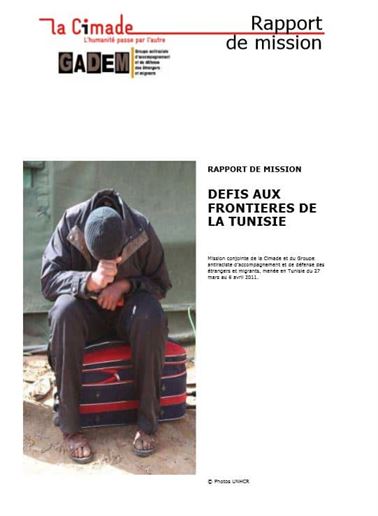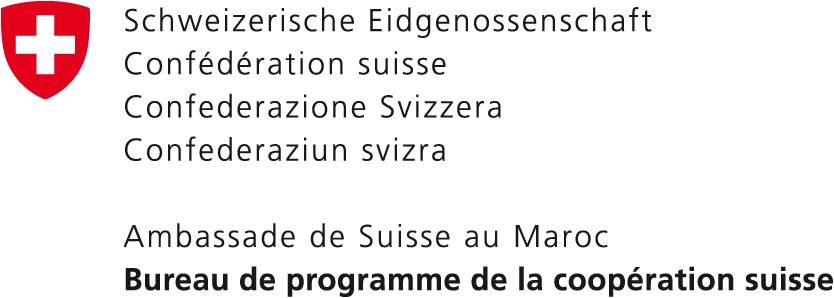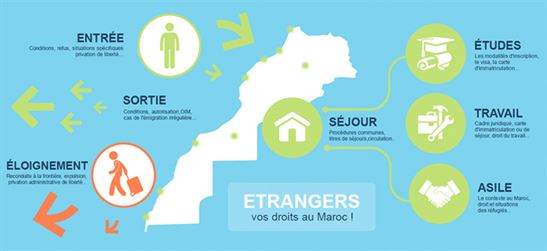Call us : +212 (0)537-770-332

Since the beginning of the fighting in Libya Tunisia, in full transition to democracy, Tunisia has hosted in Ras Ejdir (border with Libya) tens of thousands of people fleeing the repression.
According to the figures of the UNHCR as of April 1 2011 204 751 people reportedly fled Libya to Tunisia, including 183 953 in Ras Jedir; 147,045 were reportedly evacuated to their country of origin. At the height of the exodus, around 14,000 refugees arrived daily in Tunisia, between 2000 and 4000 on average at present.
All the humanitarian organizations present today underline the fantastic solidarity of the Tunisian people who mobilized first arrivals and this before foreign aid.
On arrival in Ras Ejdir, the refugees are transferred to camps “transit” a few kilometers from the border, the largest, that of La Choucha can accommodate up to 15 000 people. “Evacuations” to the countries of origin were set up in early March, often orchestrated by the EU Member States, but also by other countries (notably Algeria, Morocco, Mali, Saudi Arabia, etc.) with the assistance of IOM. If a large number of Egyptians could be repatriated, the evacuation of other nationalities, and in particular the Bangladeshis, posed more difficulties.
On 1 April, 8,600 people were in the camps on the border of Ras Jedir whose 1/3 are people who can not be repatriated to their country of origin like Ivorians, Somalis and Eritreans.
At the same time, the member states of the European Union and in particular Italy are shouting at the invasion on arrival, since mid-February, about 20,000 Tunisians, a figure far from the number of people received by Tunisia (about 10 times less). Figures also to put into perspective because if they are three times higher than those of the past year, they are not so far from those of August 2008 before Italy has concluded a cooperation agreement on the fight against illegal immigration with Tunisia. This agreement had, in a few months dramatically reduced the arrivals on its coasts thanks to the reinforcement of the border surveillance.
On February 20th, at the request of Italy, the operation HERMES of the Frontex Agency was early implementation (originally planned for June 2011) and the Italian government has announced its willingness to cooperate with Tunisia to stop the flow of immigrants to Lampedusa. To convince Tunisia to fight against these departures and to readmit Tunisian nationals who arrived in Lampedusa, Italy is exerting considerable pressure and instrumentalizing arrivals on the island, in particular by keeping thousands of migrants there for several weeks while the latter could have been transferred to the mainland.
Italian Prime Minister Silvio Berlusconi visited Tunis on Monday (April 4th) with Italian Interior Minister Roberto Maroni (having made an initial visit on 24/03) to ensure that the new Tunisian government would continue to implement the 2008 agreement that obliges Tunisia to readmit its nationals renewed by Europe (AFP, 04/04/2011). Tunisian civil society is mobilizing against this unacceptable conduct of Italy. On April 4, a demonstration in front of the Italian Embassy and a press conference were organized by the FTCR, the Tunisian League of Human Rights and the forum of economic and social rights. The press testifies to the fact that this is a major concern for the Tunisian people, in the current phase of building their democracy.
The mission was conducted jointly by Cimade and GADEM, from March 27 to March 6. April 2011. The mission went to Tunis, Ben Guerdane and Ras Jedir on the Tunisia-Libya border. The mission is placed in a logic of complementarity with the observation missions carried out previously, in particular that led by the Euro- Mediterranean Network. mediteranean for Human Rights, Migreurop and the Federation of Tunisians for a Citizenship of both Banks, as well as the one led by Doctors of the World and the Malian Association of Expellees. The purpose of this joint mission was to assess the situation of displaced persons on the border between Tunisia and Libya, to see the consequences for Tunisia of the pressures exerted by Italy and the European Union. It was also aimed at strengthening ties with Tunisian associations and activists.








